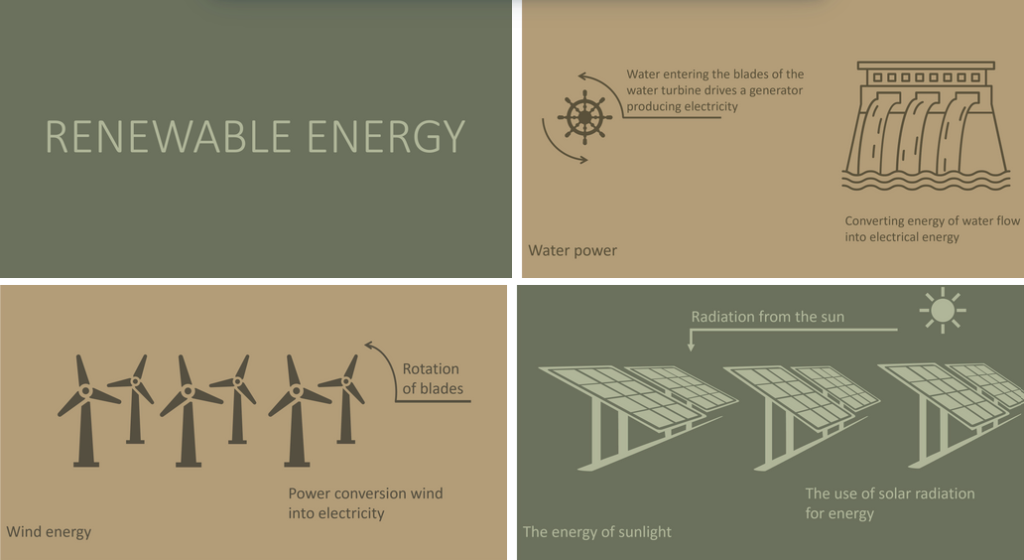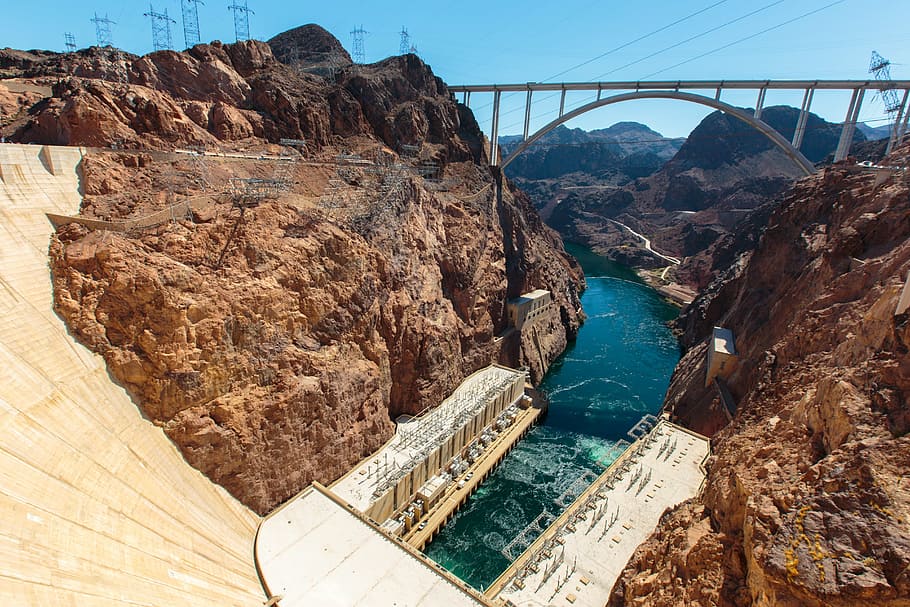What is Renewable Energy?
Also referred to as clean energy, this is energy that is derived from resources naturally replenished in a human timeframe. Renewable energy has become the preferred replacement for fossil fuels in a bid to reduce CO2 emissions as they have lower CO2 emissions.
For instance, coal is used in power plant to heat water producing steam which in turn runs the turbines that produce electricity. However, coal reserves are running low and the burning of these fuels releases CO2 emissions. Whereas renewable reserves are “infinite” and result in little to no CO2 emissions.
Renewable power is shaping our feature daily, but do people really know what it is? With majority of the world’s countries moving towards a sustainable future, it is important for the public to understand their role in our future. In this article, we will give an explanation of what renewable energy is and the different types of renewable power sources available.

The most relatable examples of renewable energy sources are the sun, wind, and water. Although these forms of energy have gained traction worldwide, there are other energy sources that fall into this category.
What are the Types of Renewable Energy available?
For every energy source, a chemical or mechanical process is required to turn it into usable electrical energy. The most popular of these renewable sources are solar and wind energy as mentioned earlier, but there are other types.
Examples of these resources include:
- Solar energy
- Wind energy
- Hydropower
- Geothermal energy
- Bioenergy
- Tidal energy
- Wave energy
In this article, we will introduce the three most popular of the renewable energies, solar, wind and hydro.
Solar energy
Solar energy is the sun’s radiation energy that is converted into either electrical or thermal energy.
Electrical energy is generated using photovoltaics for small to large scale applications to power home, businesses or the grid.
While thermal energy is heat harnessed from the sun either directly or through concentration to intensify the heat. This heat is then used for space and water heating or to run large turbines for electricity production.
Wind energy
Wind energy is the process by which power is generated by using the wind’s kinetic energy into mechanical power. From here, the power can be used for different uses such as pumping water or grinding or can be converted into electricity with the use of a generator. This is less complex compared to solar systems.
Hydro energy
Hydro power is the use of the water’s power in motion, such as waterfalls and dam spills to generate electricity. For many years the use of the kinetic energy from water has been used for different purpose such as agriculture and as reservoirs.
The kinetic energy the water gains from the potential energy (the energy water gains from falling from a high point to a lower point e.g. waterfalls) is utilized to turn turbine blades to generate electricity which is then distributed to power plants or the grid. As energy is produced hydro without the burning of any fossil fuels, thus it allows it to be classified a renewable energy source.
Sources:


Leave a Reply